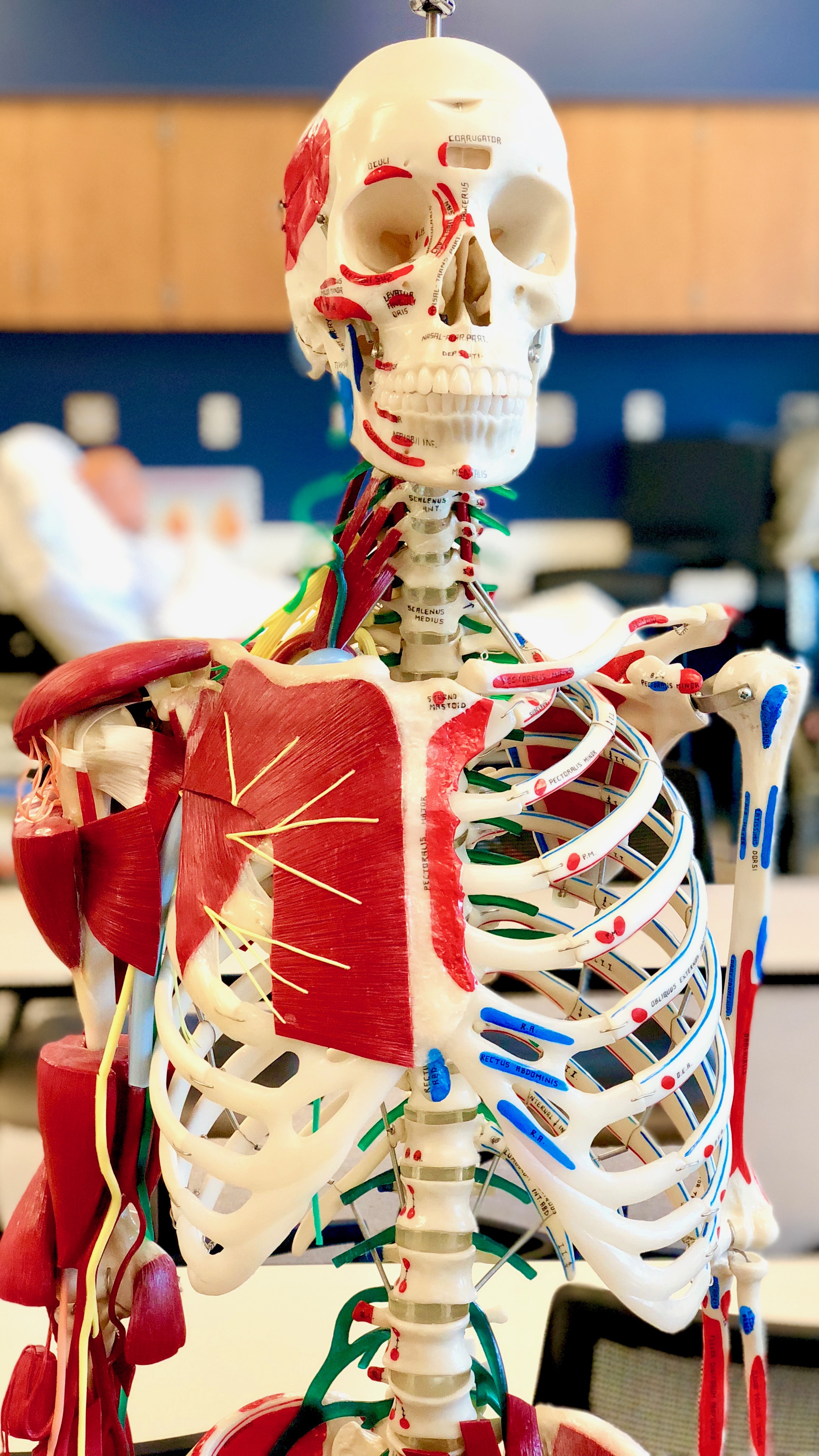Why hello there! This post is an addendum to my Muscular Anatomy 101 blog post, where I shared with you all my drawings that have helped me conquer all of the muscles in the human body. Since sharing that post, I have received a lot of questions as to what other resources I have used or things I have done to power through anatomy and thoroughly learn/understand other important objectives, such as the nervous, circulatory, respiratory, urinary, and reproductive systems. Let's face it - the human body is very, very complex and I know a lot of students struggle with anatomy because the information is just so dense. The following resources are what I have utilized to show anatomy who's really the boss! I'll also be sharing more of my drawings on these different systems soon.
1. Netter's Atlas of Human Anatomy textbook and flashcards.
Frank H. Netter - the man, the myth, the legend. Hopefully this is one of the required textbooks for your anatomy class. If not, I would definitely look into snagging one. This resource has tons of beautiful drawings and incorporates extremely helpful charts, diagrams, and tables in a way that will surely be able to help you learn anatomy system by system. The flashcards have got to be the best out there - hands down. They're basically a replica of the textbook, but serve as the perfect tool to use to quiz yourself. I actually got these a few years ago for when I first took undergraduate anatomy, but they have remained faithful as an amazing source to use for DPT anatomy, as well. They include bones and joints, muscles, nerves, vessels, and viscera - as well as clinical correlates, which is my favorite part!

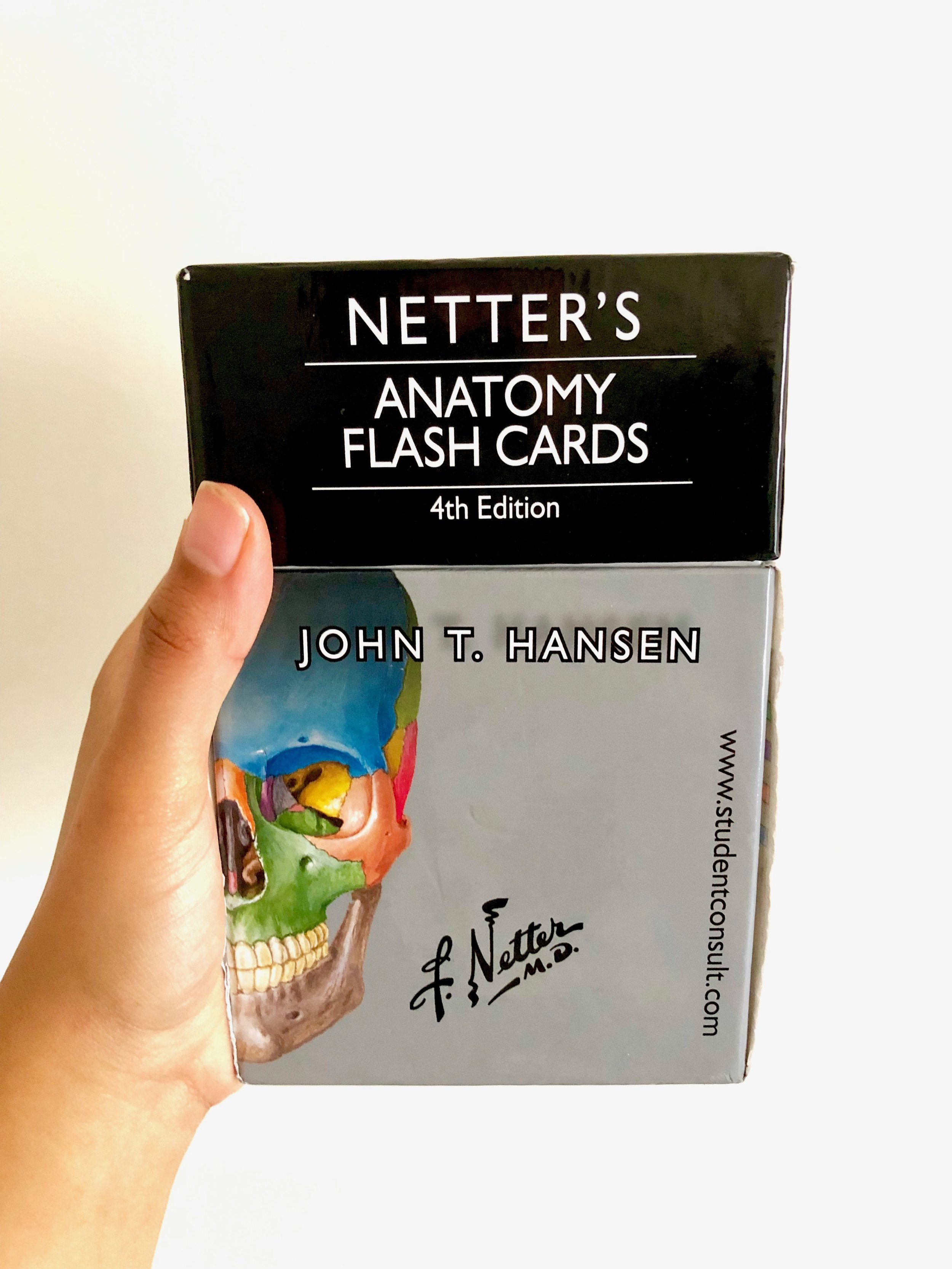
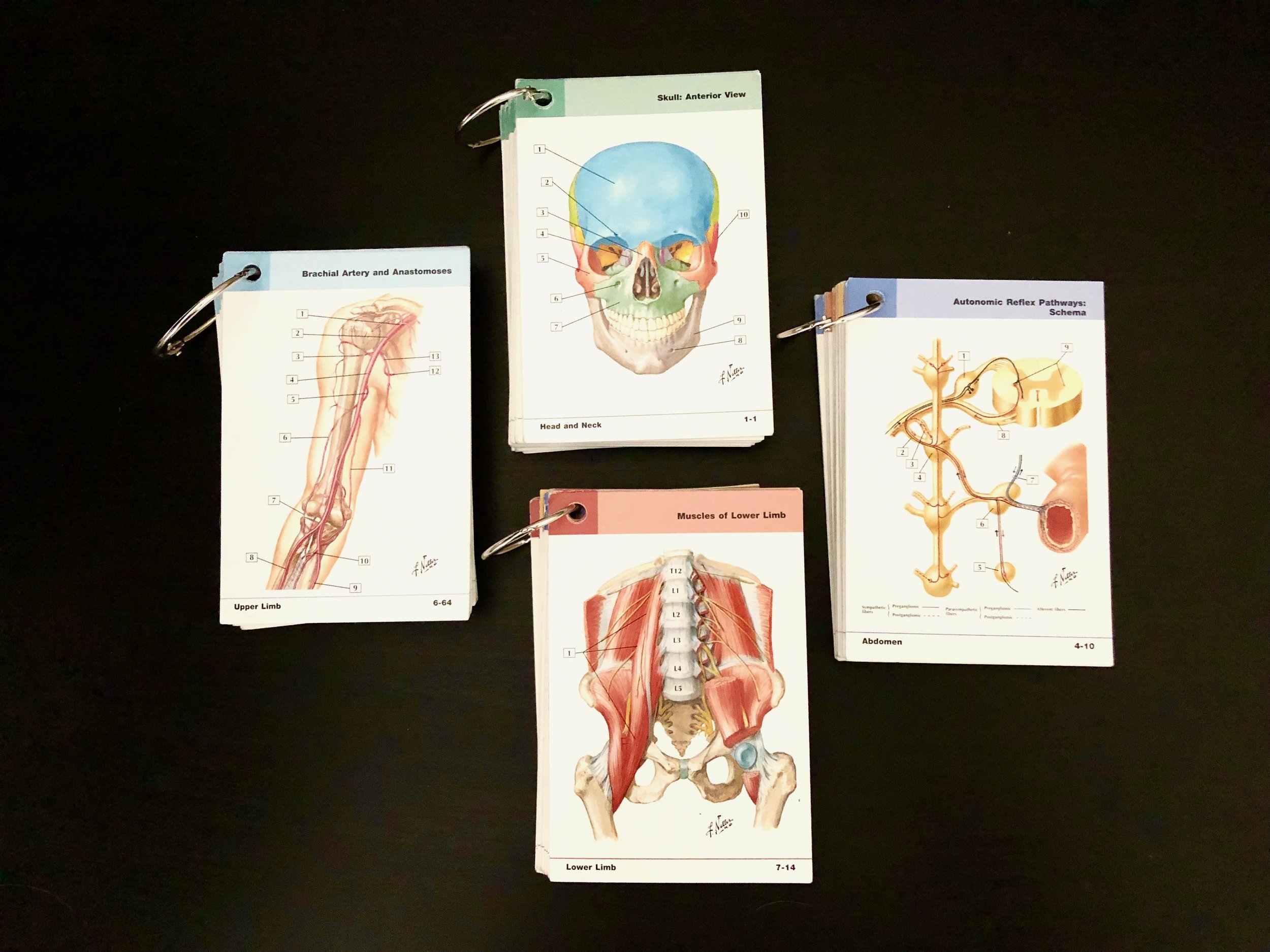
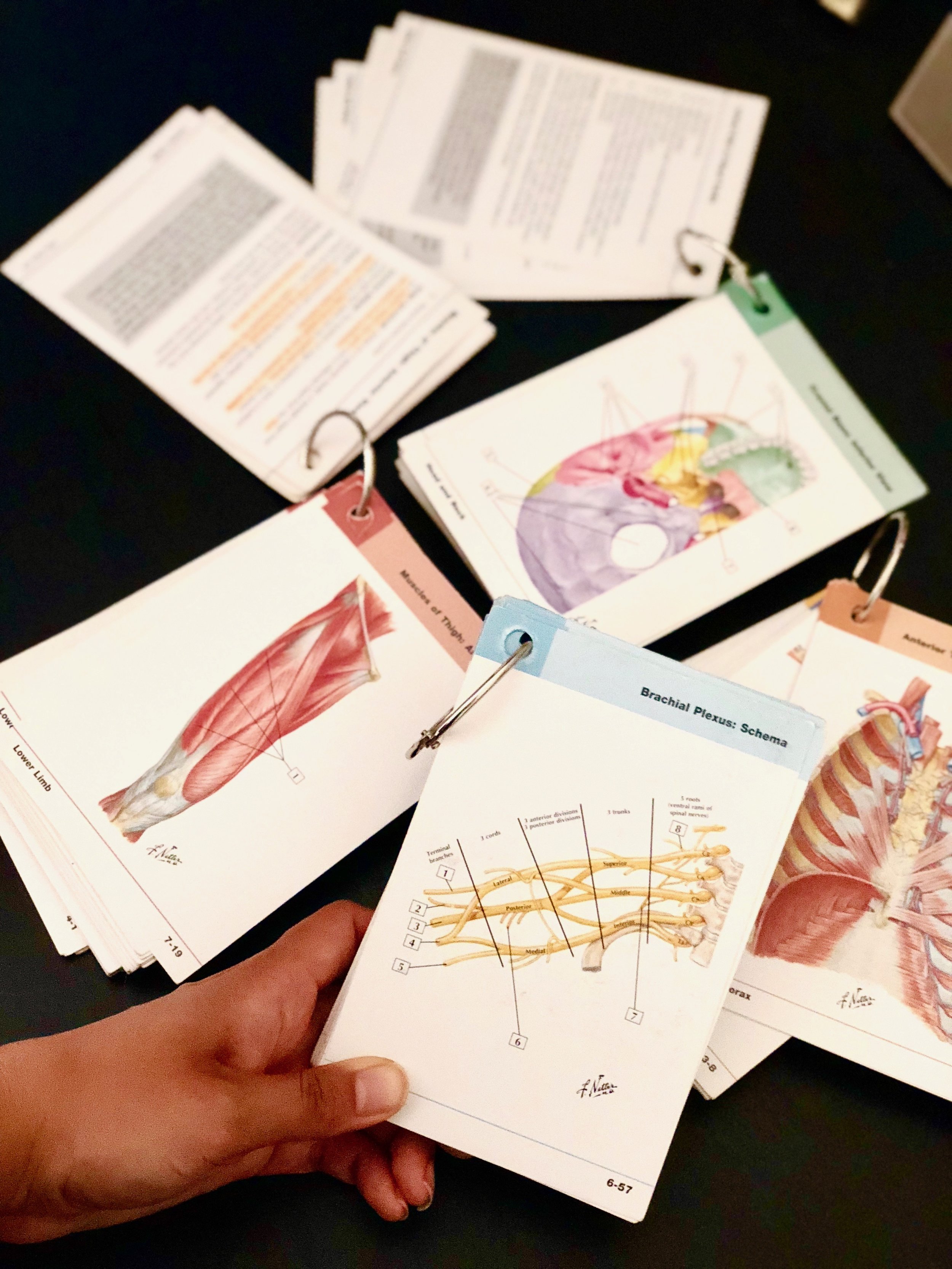
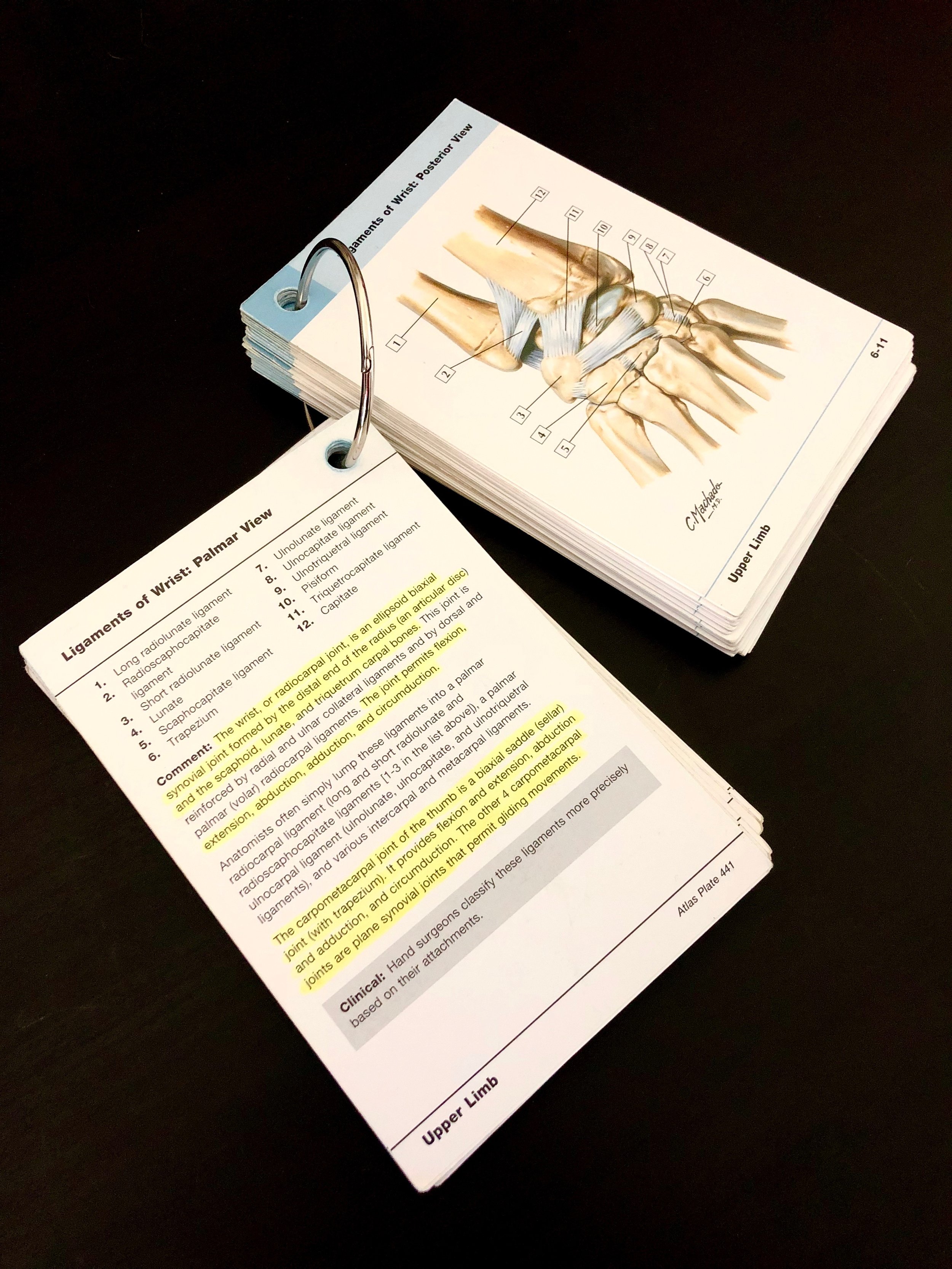
2. Gray's Anatomy for Students.
Another great textbook that has it all - and then some. This resource contains super helpful clinical content, anatomical imaging, injuries and pathologies, self-assessment questions, and of course wonderful information and pictures covering each of the different systems of the body. There is also a Gray’s Anatomy Review Book that is exclusively clinical cases and quiz questions. This resource is super helpful because it puts you into “test mode” and helps you practice how you will answer questions when it comes time for exams and practicals.
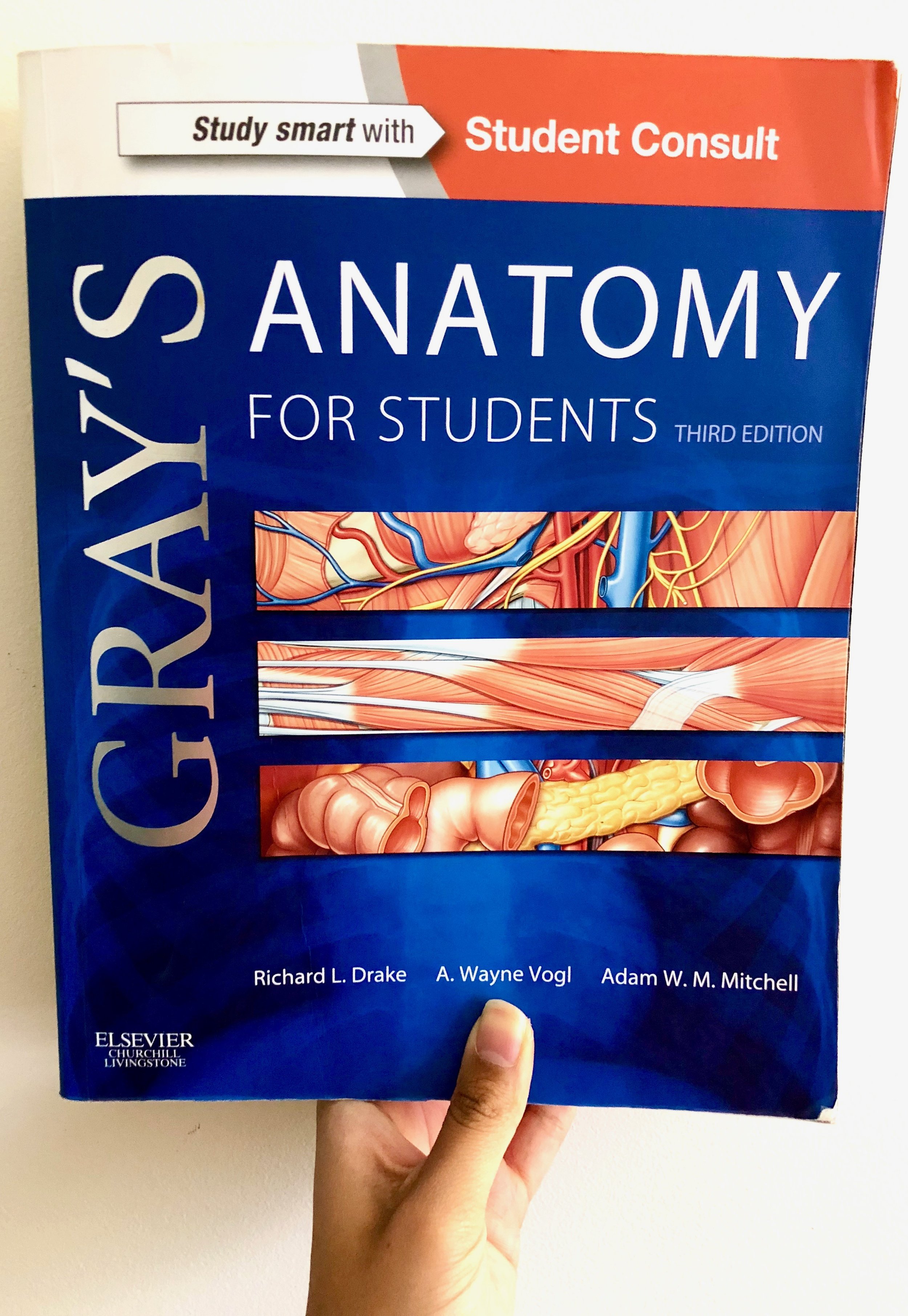
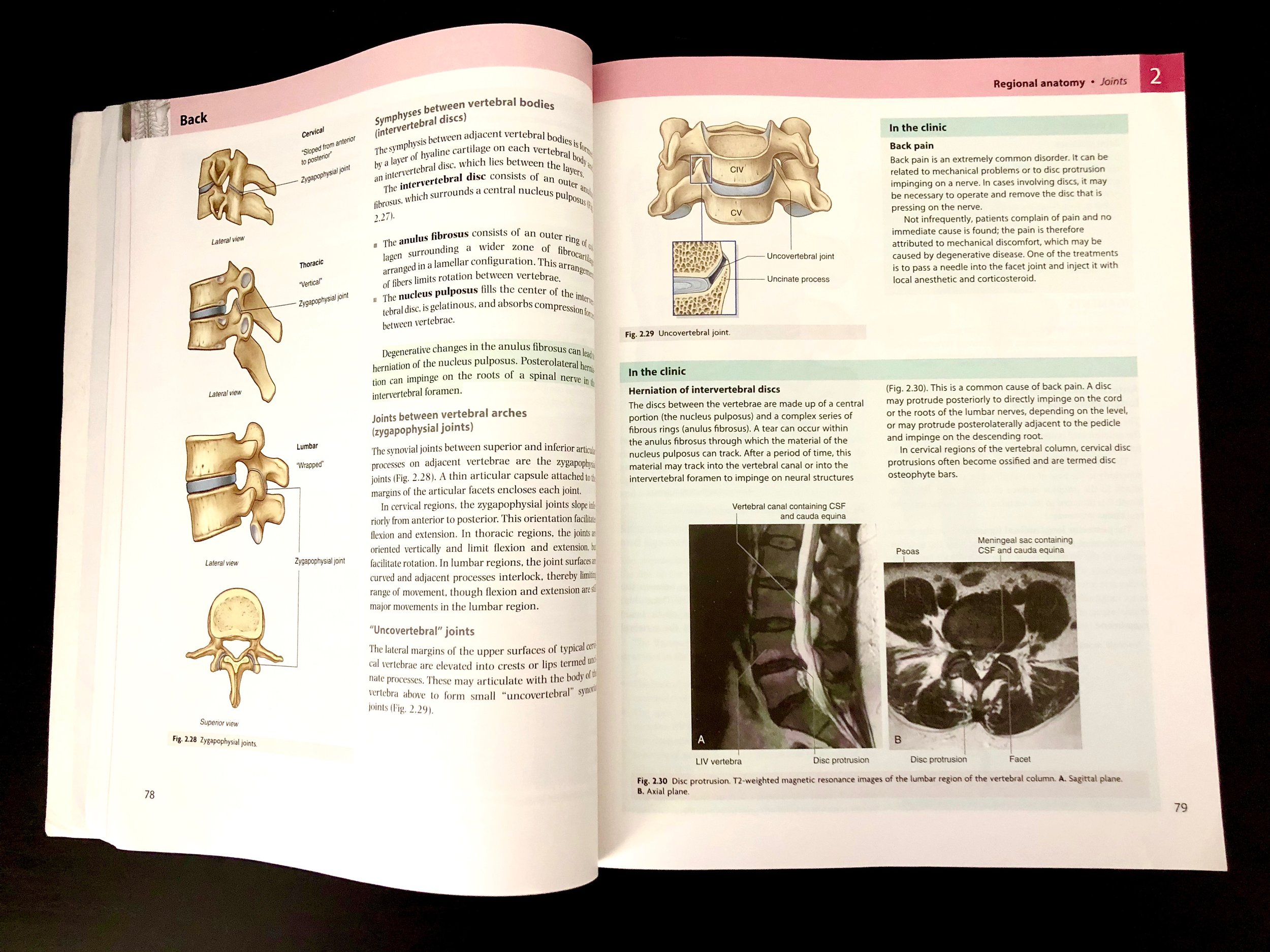
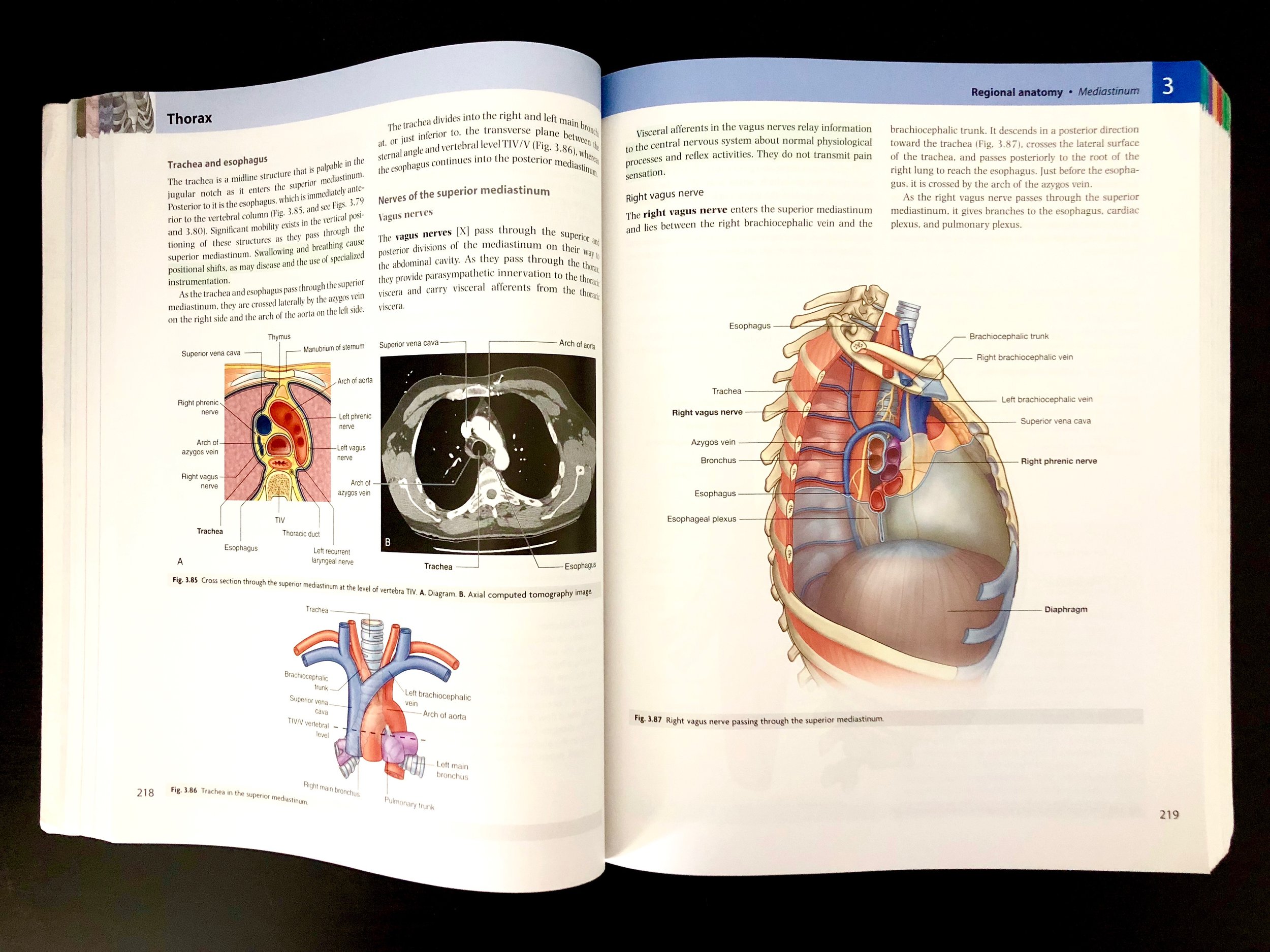
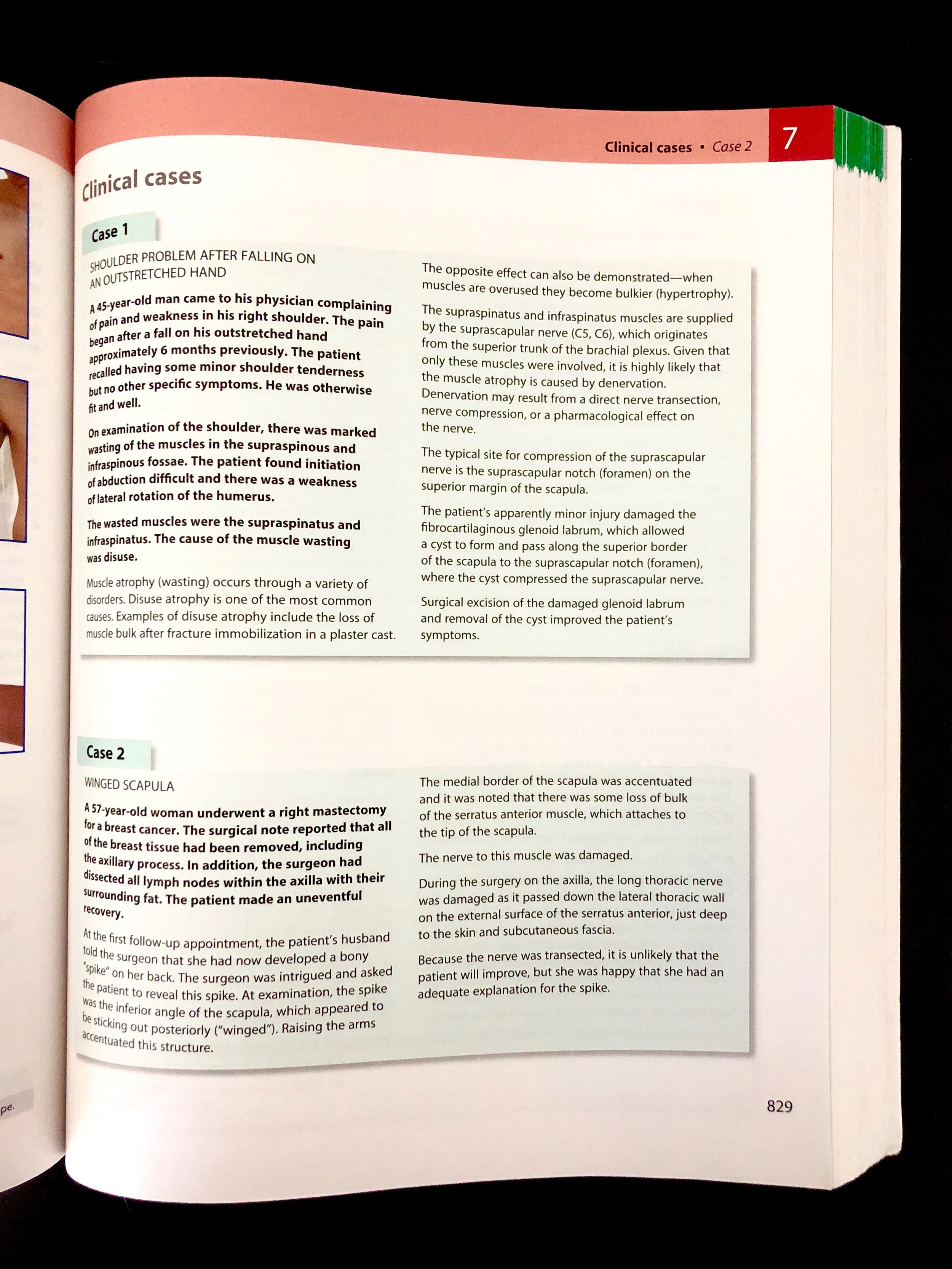
3. Human Anatomy Atlas app.
The. Best. App. EVER. And definitely worth the price. This app gives you 3D interactive views of the human body with the ability to view all of the regions and systems in great detail and how they interact with each other, simulate a gross anatomy lab cadaver dissection layer by layer, see muscle actions in action (lol), take quizzes, and create your own notecards. If you don't get this app, then what are you even doing with your life...
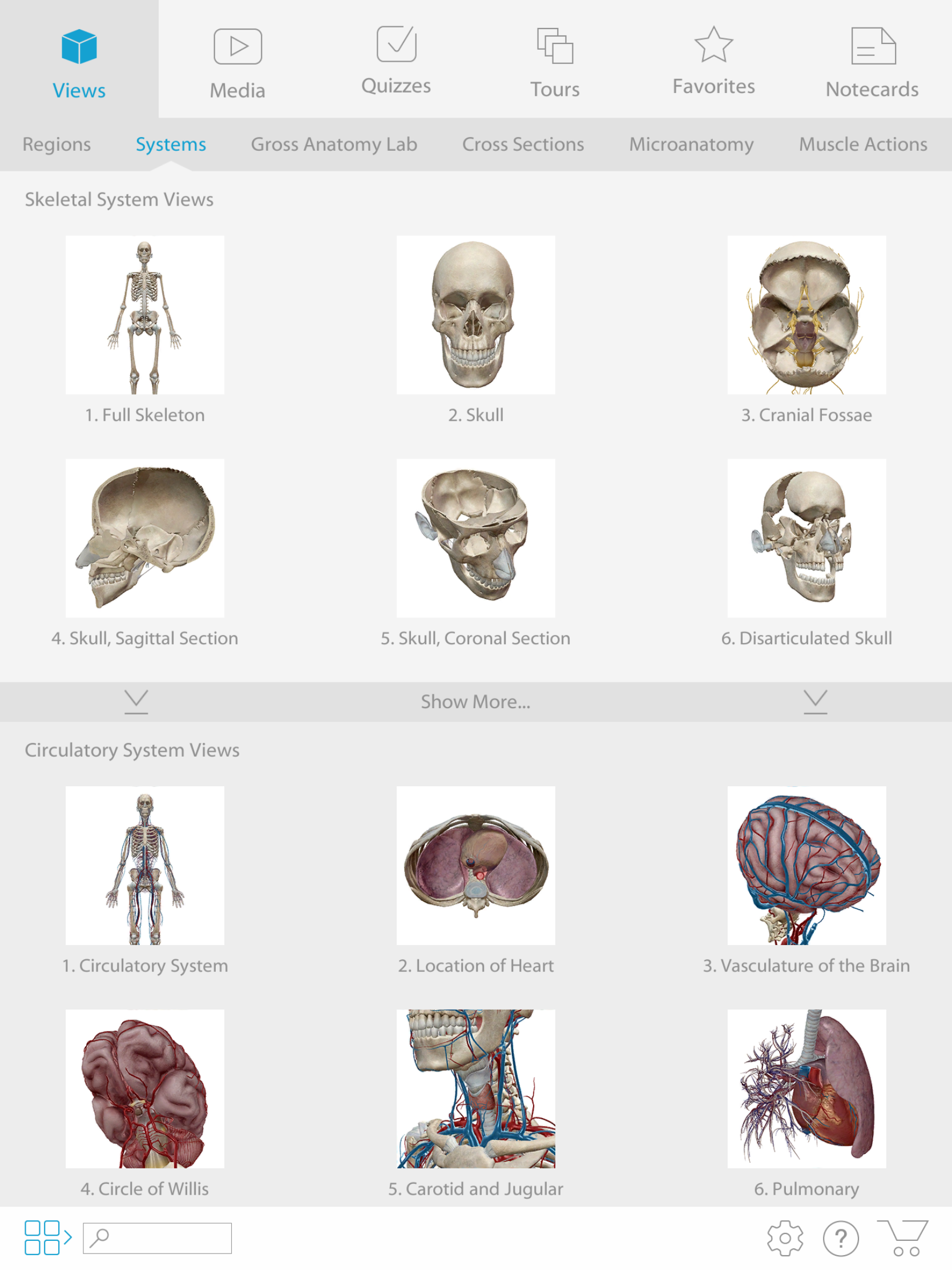
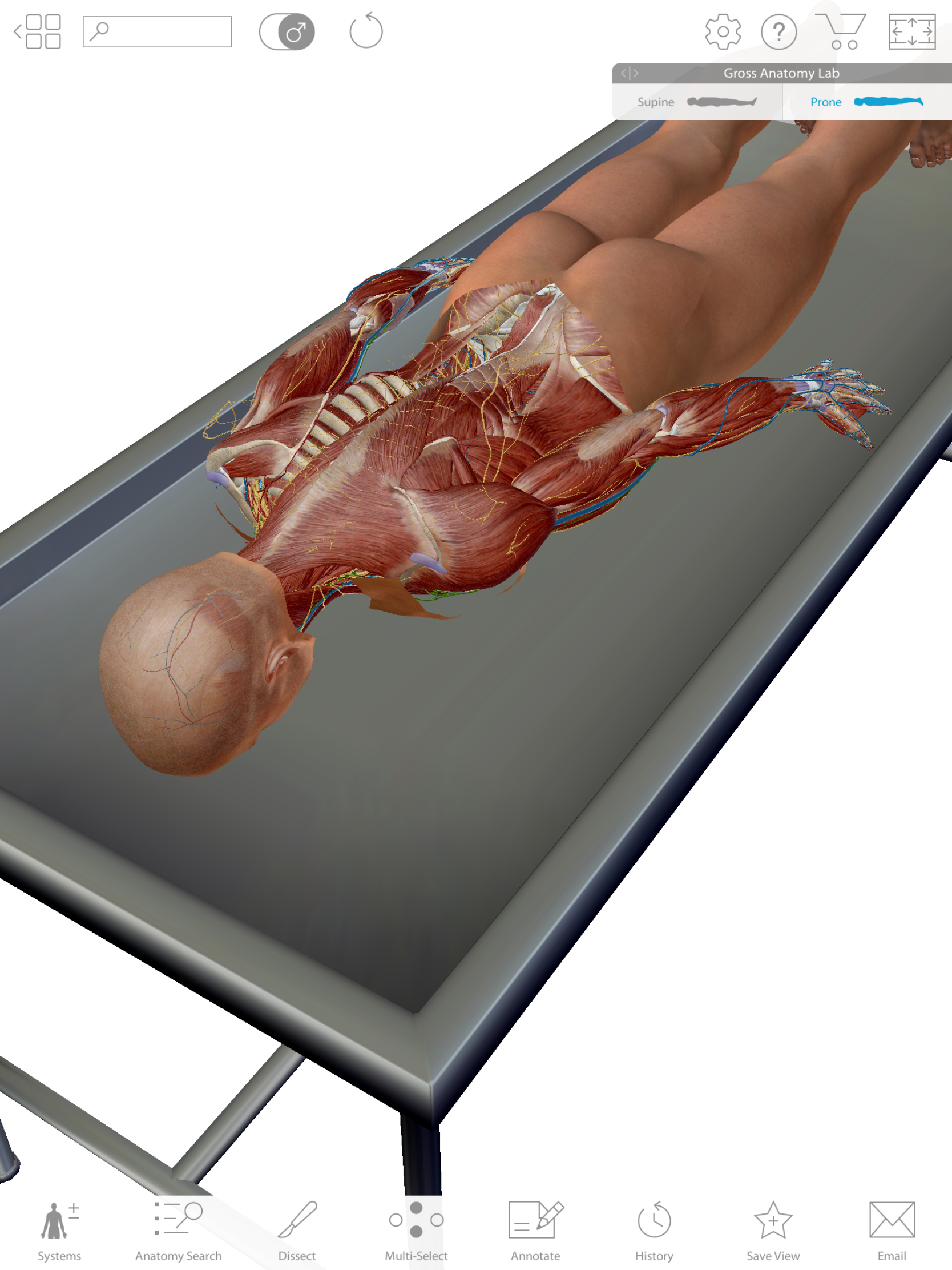
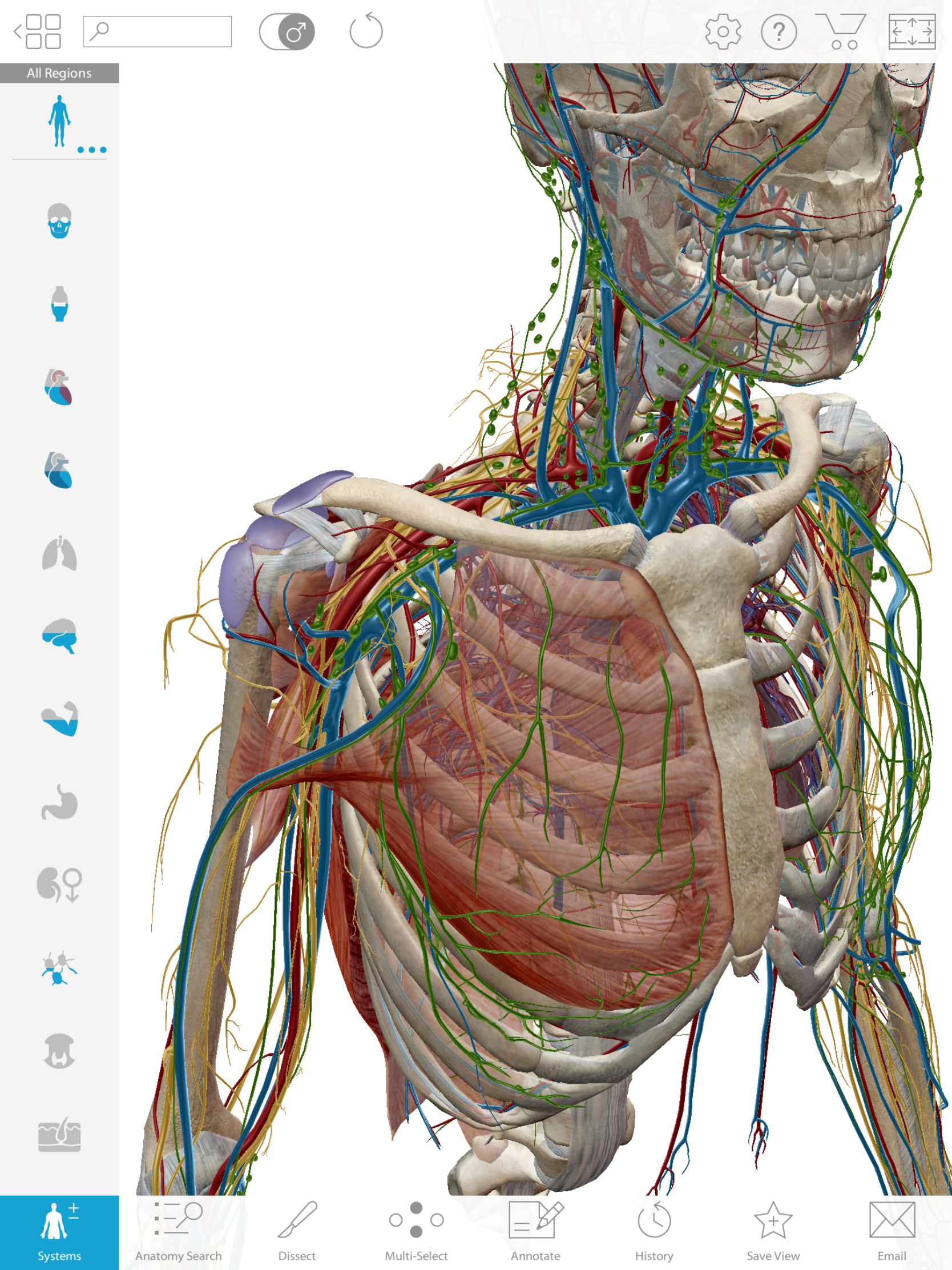
4. Notability app.
This app isn't specified for anatomy - it's simply a note taking app that you can use for any subject. However, I swear by it for anatomy and it will forever be one of my favorite go-to's. You can import lecture slides or full PowerPoints, documents, pictures, drawings, audio, videos, and web pages AND write/draw directly on any of these different items. It's not only a very powerful and savvy note taking app, but it will help you keep your anatomy materials organized and easily accessible.

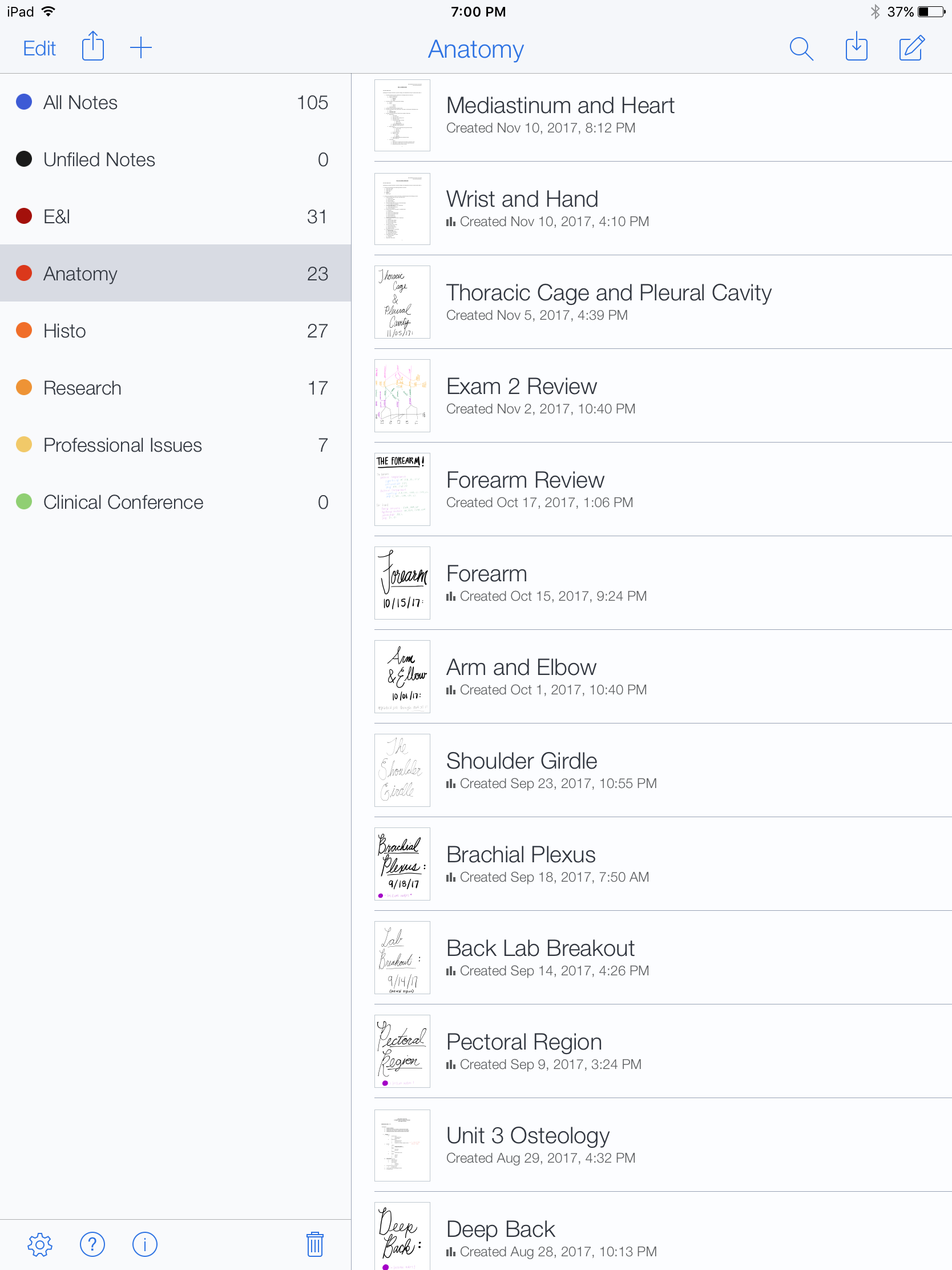
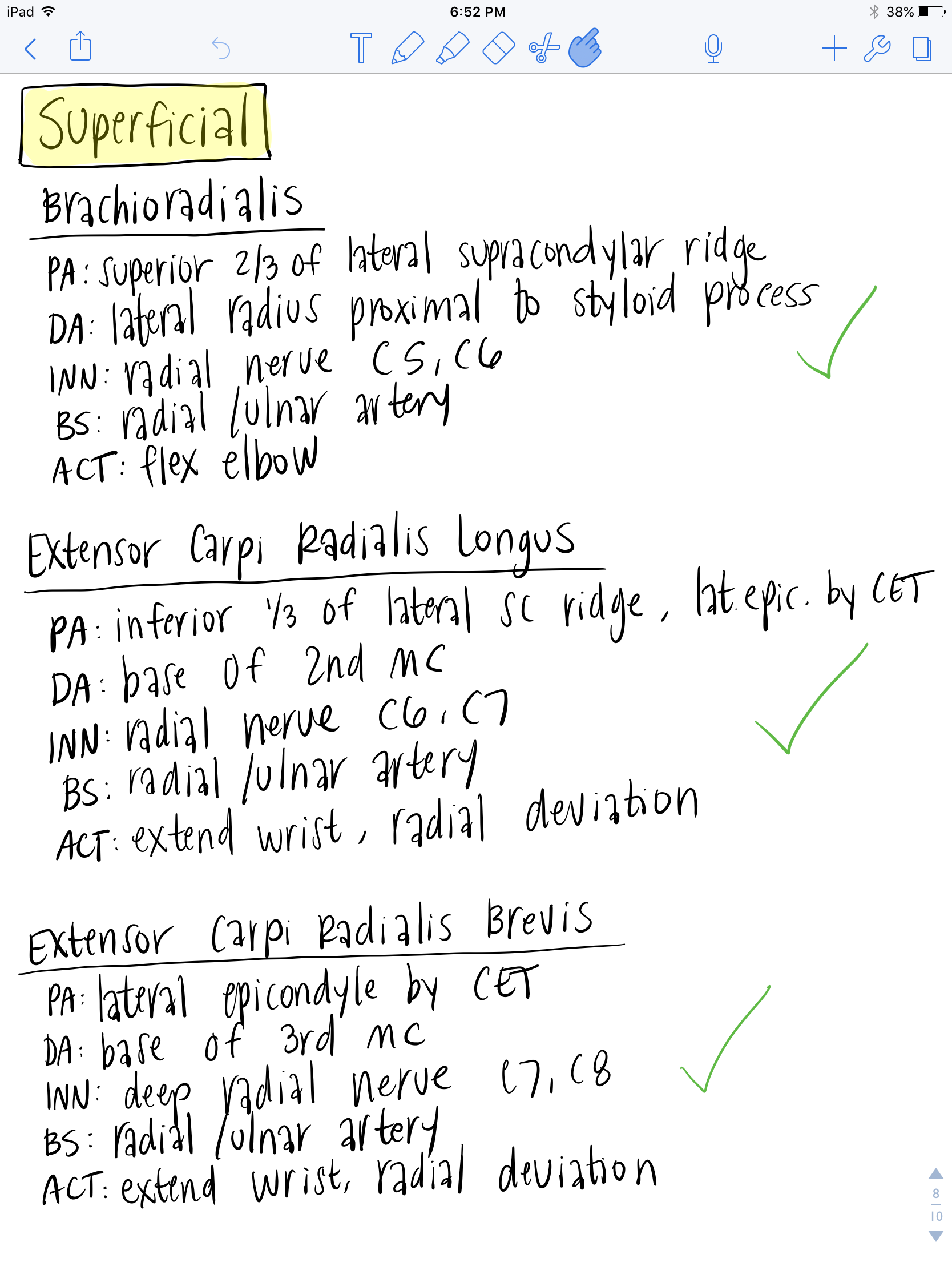
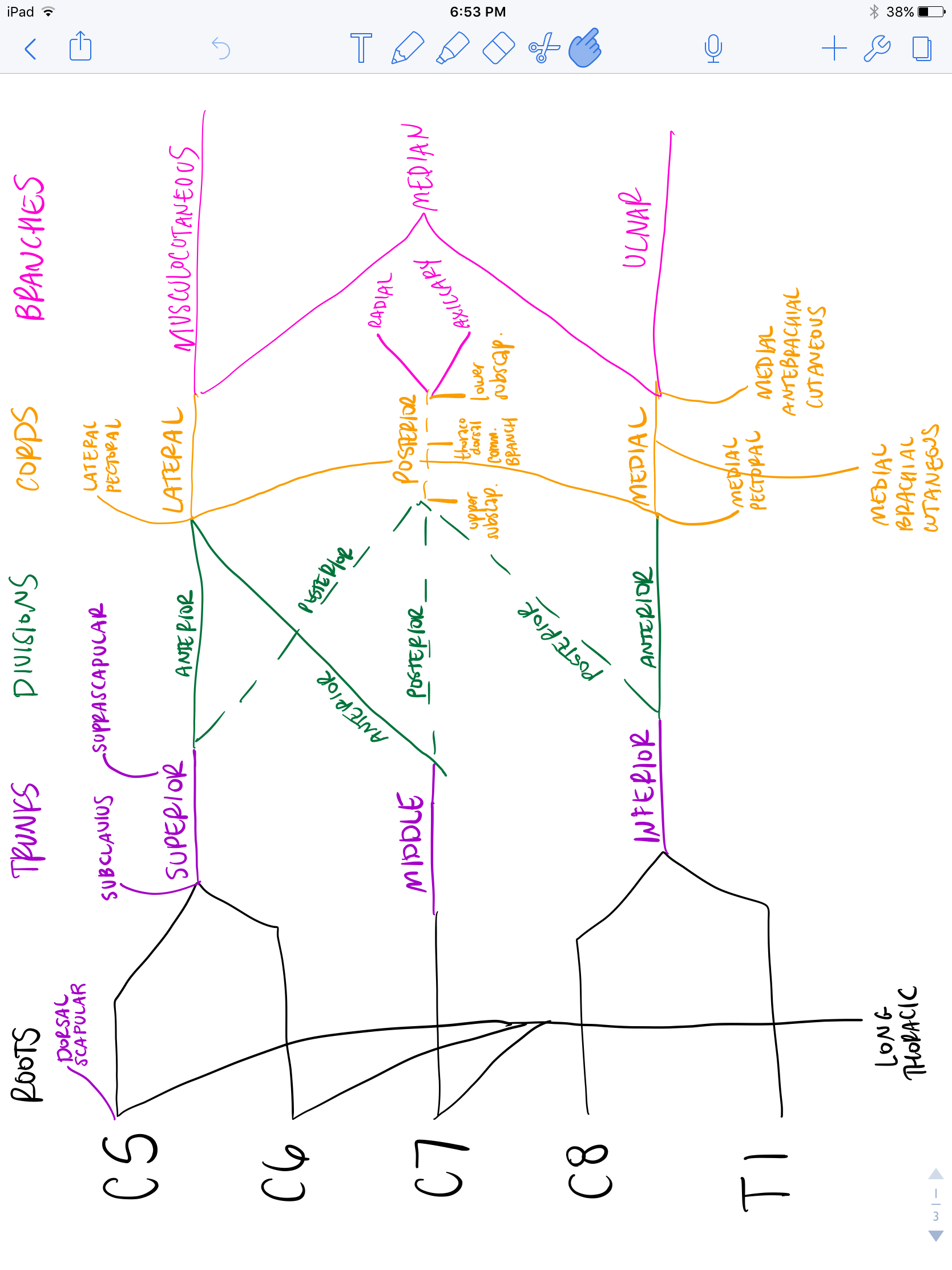

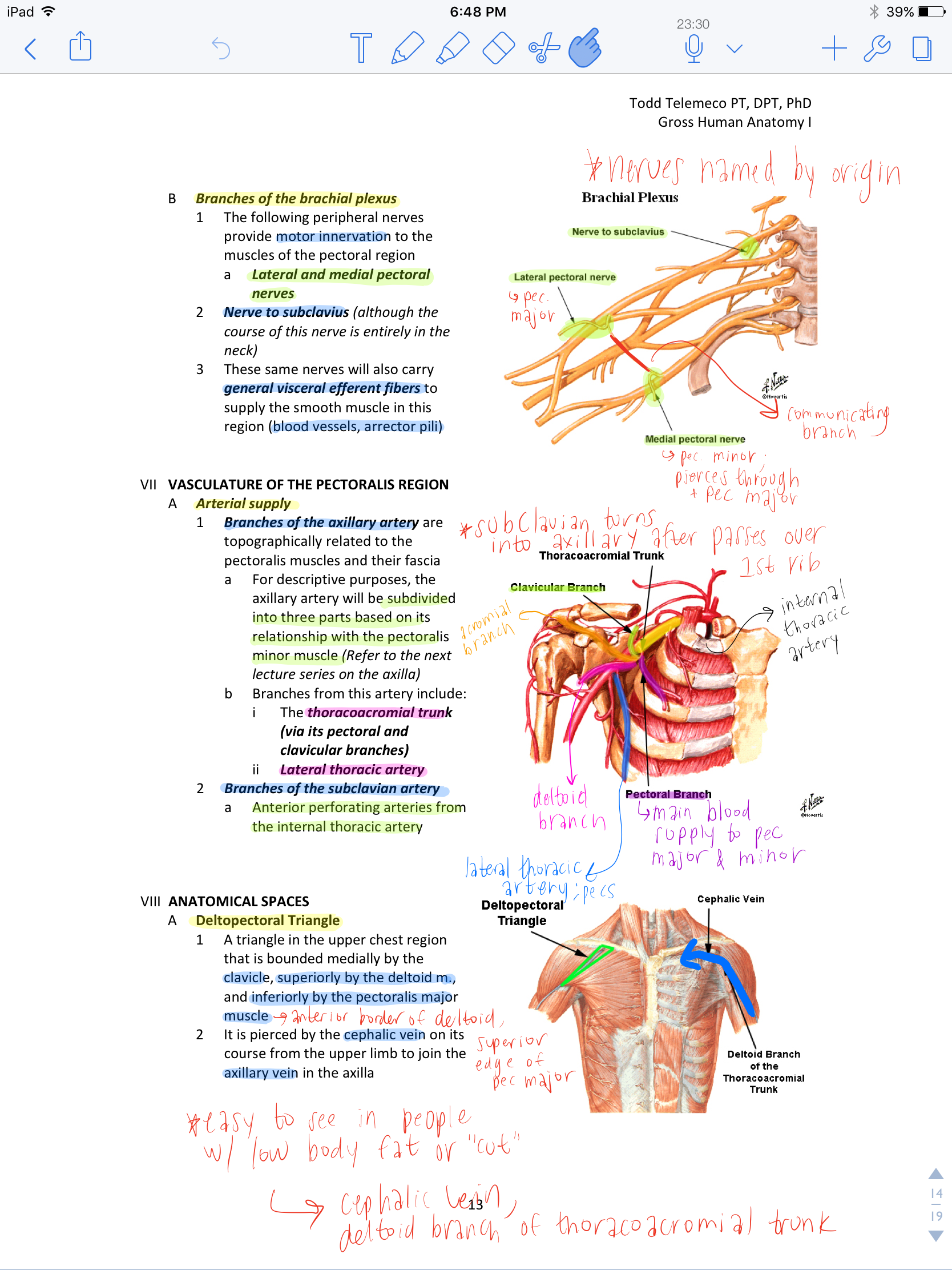
5. Kenhub.
Kenhub is an awesome site where you can watch videos, quiz yourself, and even read articles for further reading and knowledge expansion. I particularly like this website because it includes anatomical imaging and for me, this is a pretty big weak spot. So, studying the imaging information will help you learn how to decipher different structures in MRIs, X-rays, CT scans, and ultrasounds.
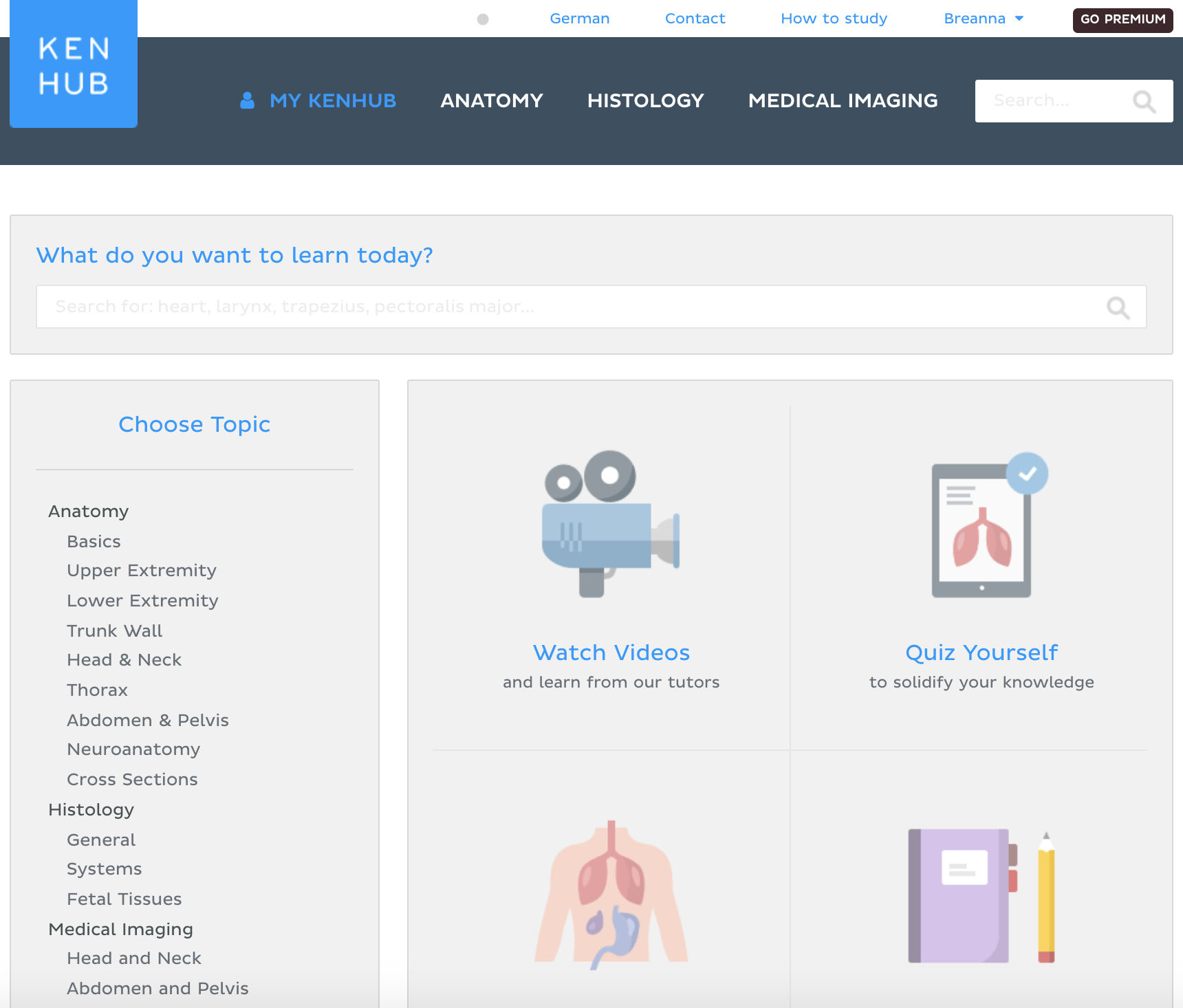

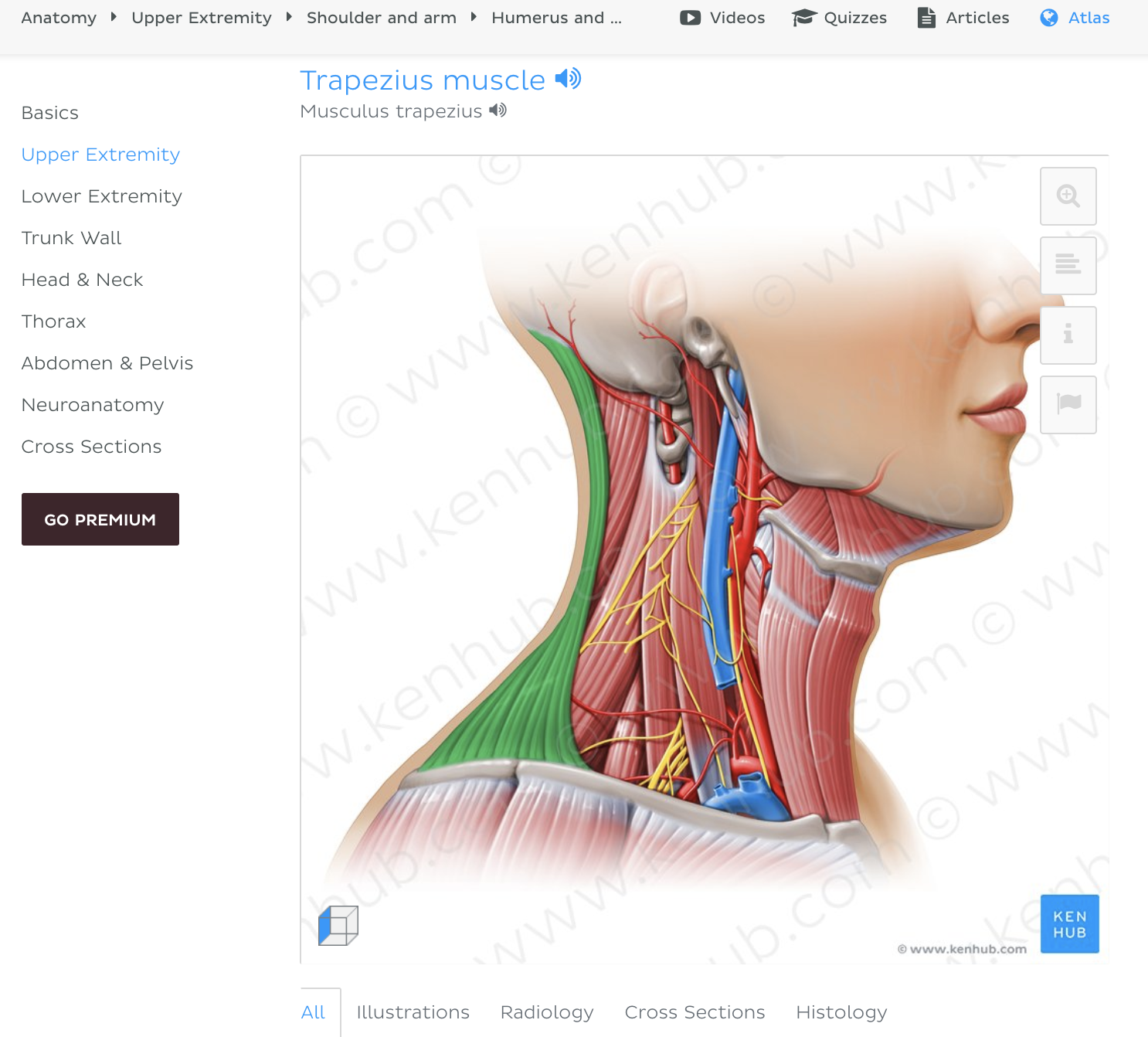
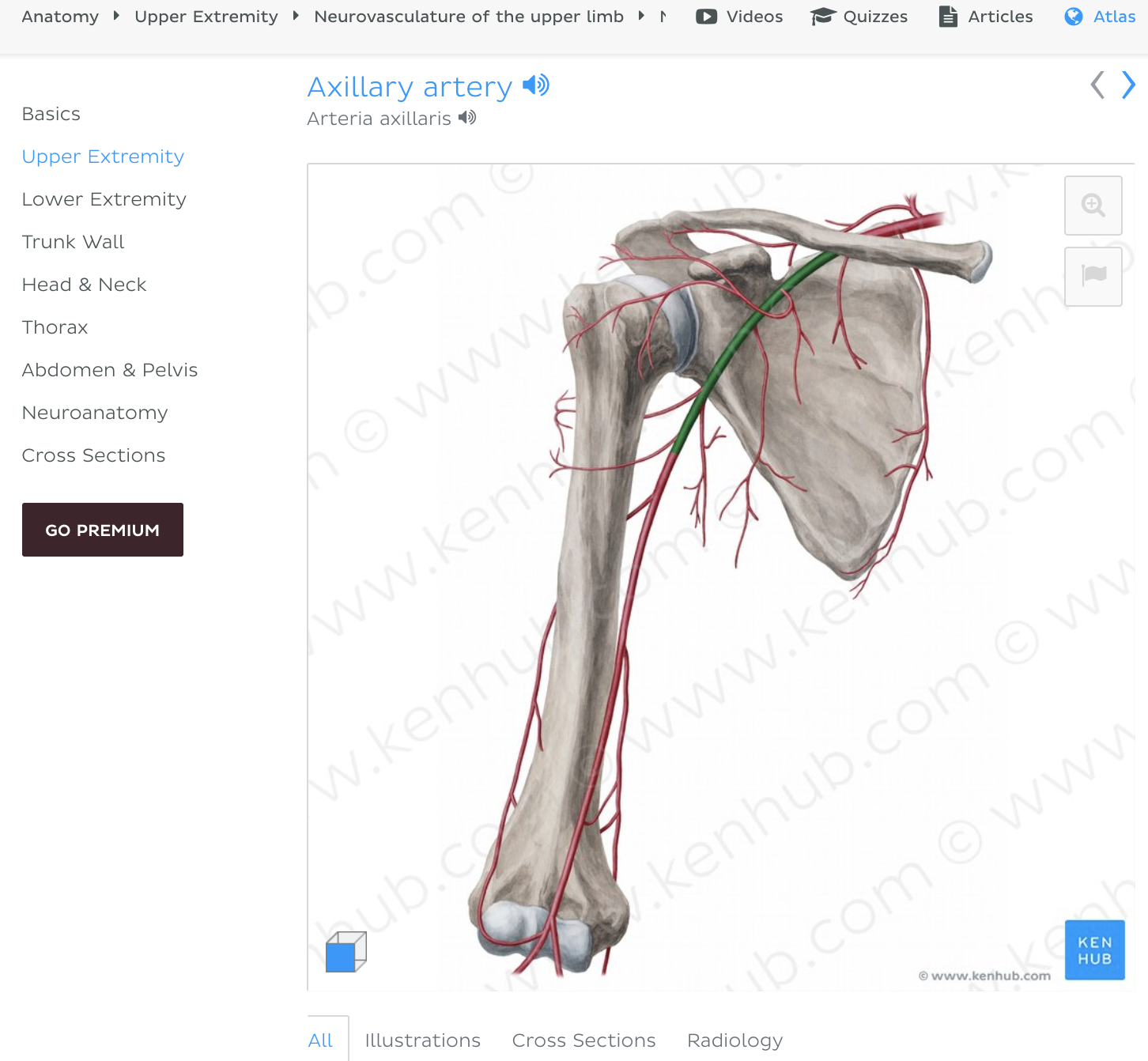
6. GetBodySmart.
This website is a great interactive resource. It has animated text narrations, illustrations, diagrams, and quizzes to explain the structures and functions of all of the different systems.
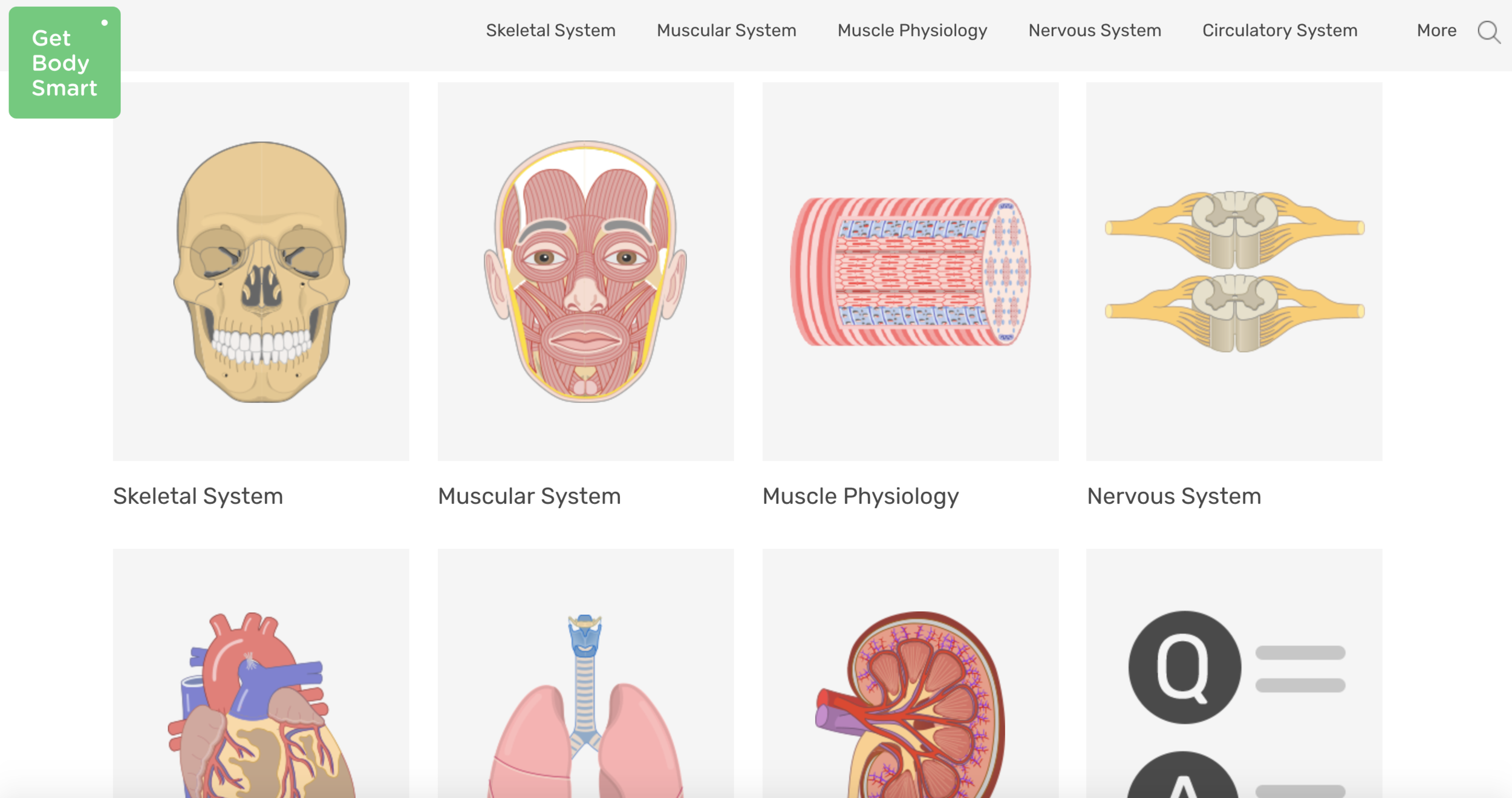


7. Khan Academy.
This website has super helpful videos on tons of different topics. I typically use it to help me understand some of the more complex processes that aren't cut and dry, such as operation of the lymphatic and autonomic nervous systems. This is a great resource for visual learners because as concepts are being explained, they are simultaneously being drawn out, as well. The amount of information this site contains is practically endless - you can literally search anything and there's probably a video for it.
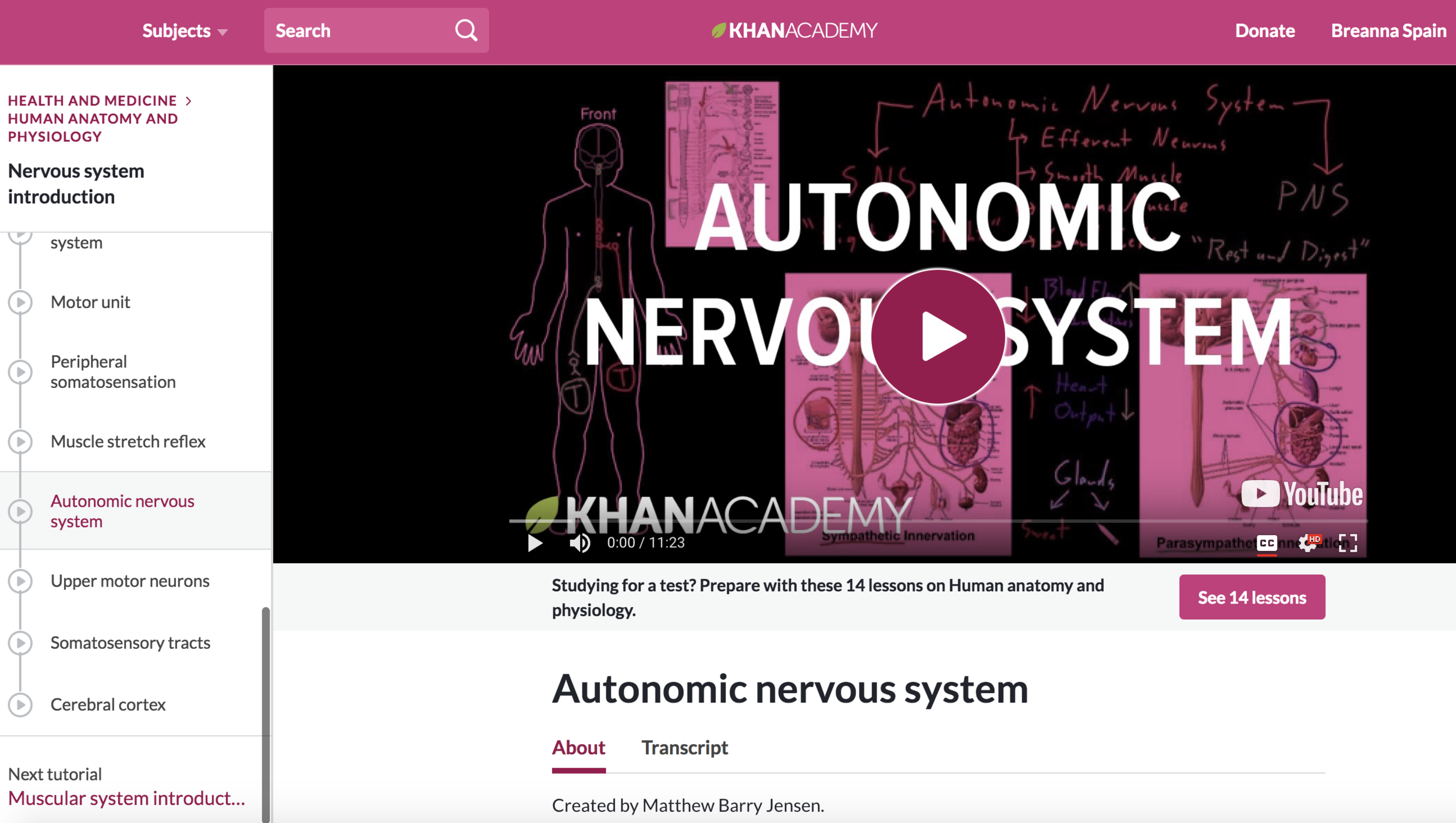
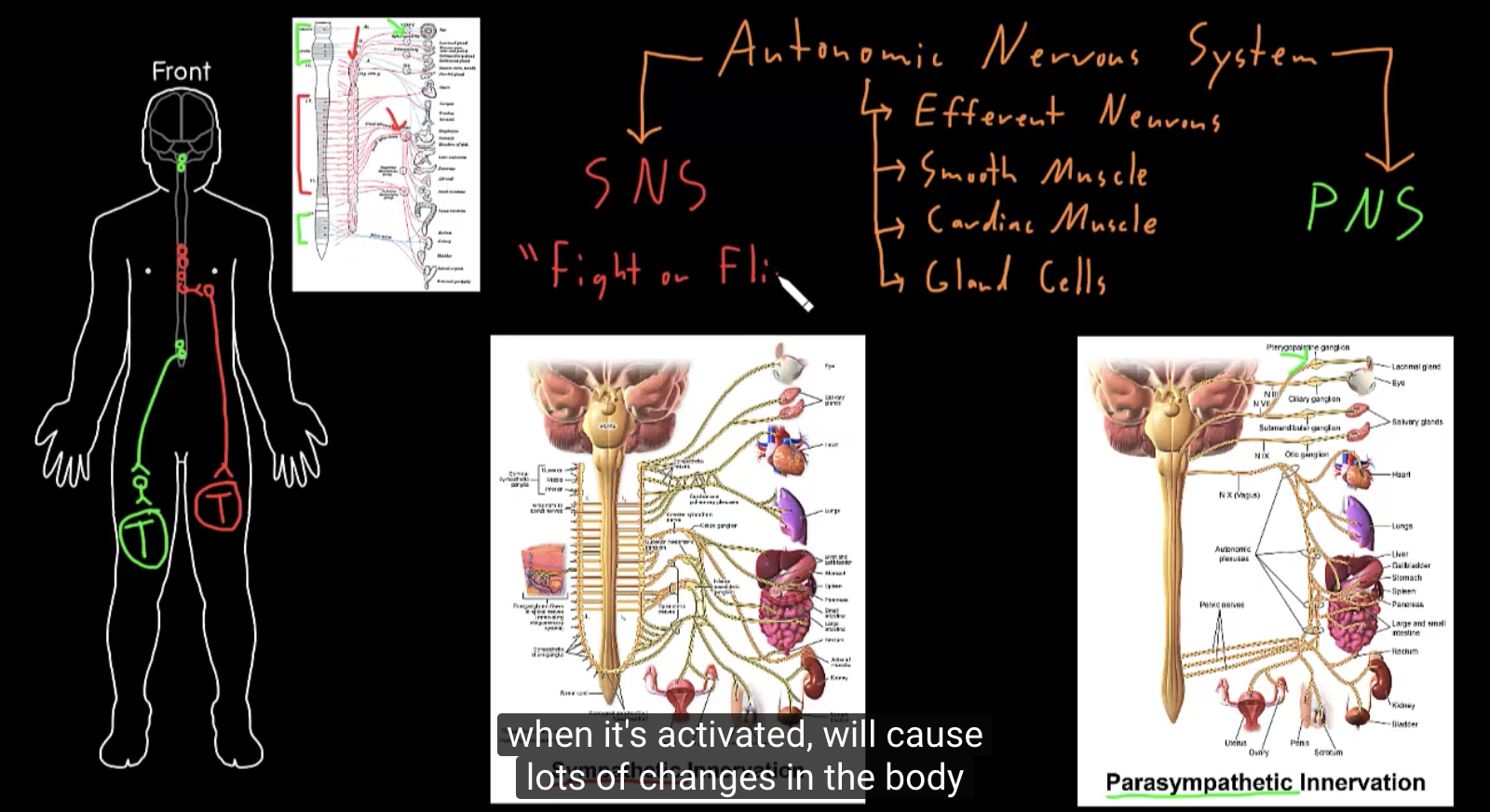
8. Cadavers.
Spending extra time in cadaver lab will not only help you visualize and learn different structures, but it will help you excel on your anatomy practical exams. The way anatomical structures look in a textbook or on an app can sometimes be very different from how they look in an actual human body. Anomalies are very common and I highly recommend putting in extra effort to learn all of the differences between the cadavers in your lab. I think cadavers are the best tool for visualization of muscles, nerves, and blood vessels, seeing as it is usually difficult for these structures to remain intact after being removed. With careful dissection, you'll be fascinated by what you can uncover in a cadaver.
9. 3D skeletal models.
3D skeletal models are especially helpful for learning the musculoskeletal system. I think cadavers are best for visualizing muscles, nerves, and blood vessels, but skeletal models are where you will see the best bony structures and landmarks. One of my favorite models to use is a full-sized skeleton that is half just a plain skeleton and half a skeleton that includes muscle origins and insertions, as well as spinal nerves and vertebral arteries. I also love studying solo structures, such as a single scapula or a single humerus, to visualize/learn everything there is to know about them.
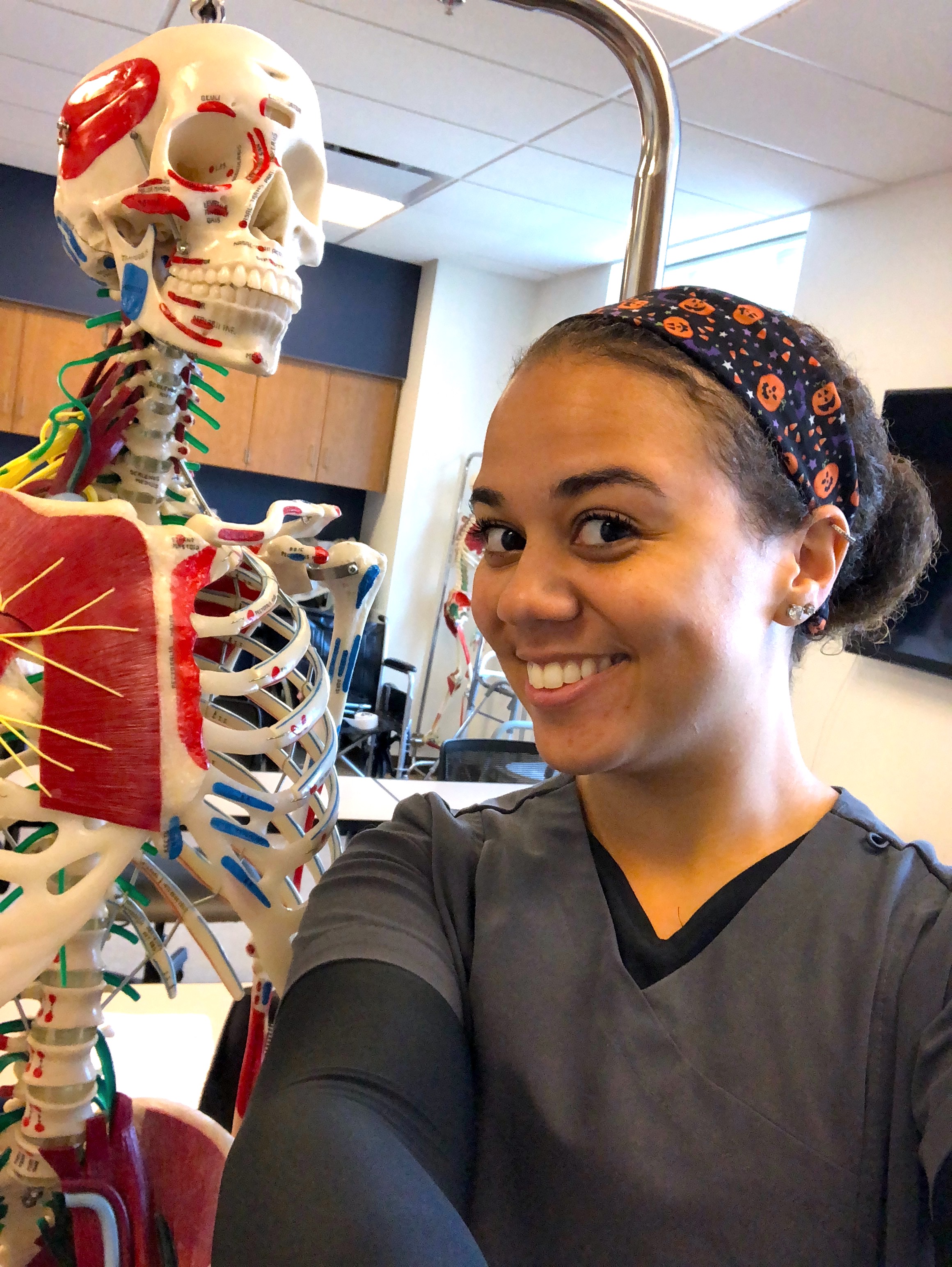
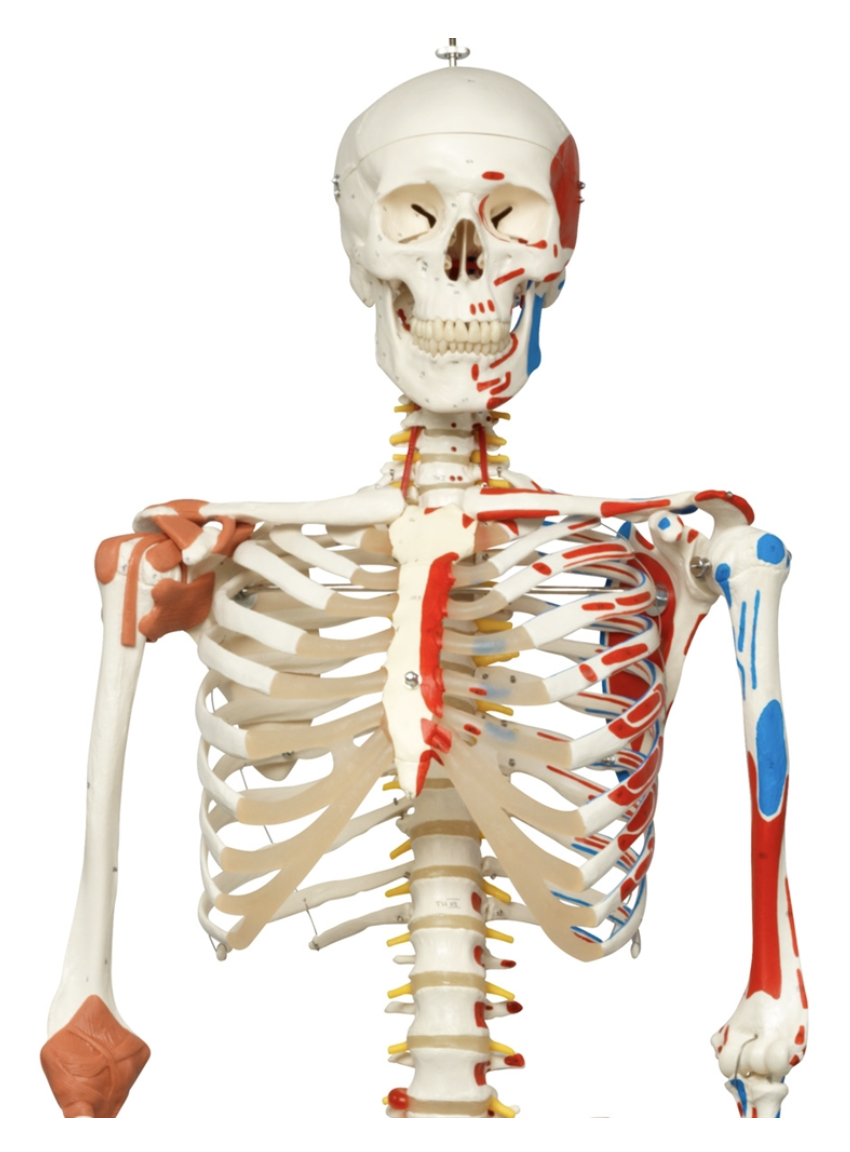

10. Your own body.
The best secret weapon of them all! The more you study and utilize your own body, the more likely you will be able to master anatomy! When you are studying particular concepts, make them make sense by demonstrating or emphasizing them on your own body. Are you trying to differentiate between all of the different actions of the back muscles? Stand tall, take your shirt off, and do the actions while you're studying! Are you trying to remember those gosh darn blood flow pathways in the intrinsic hand that look like a pair of severely tangled headphones? Use colorful markers to draw the different blood vessels on your hand so you can make sense of exactly where they are, what they supply, and how they anastomose! Also, I recommend working with partners or small groups to study your classmates' bodies - it's great to see diversity and the ways certain structures differ from one person to another.
Recommendations from other students:
Earth’s Lab - Anatomy Student says, “[Earth’s Lab] provides some really good learning material for anatomy students. Their content is in way simpler language than presented in many other anatomy books.”
I hope you found this post helpful and are feeling inspired to step up your anatomy game with some of these resources and strategies. Anatomy is tough, but with time, everything will start to make sense. At the end of the day, you have to make sure you are actually learning the material. Although a pretty great deal of memorization has to come into play with such a dense class, you will truly grasp the material best when you use the right resources and strategies to understand it fully. An overload of memorization tends to lead to mix ups and forgetfulness, so take all the right steps and incorporate some of these study tools into your routine to rightly master anatomy. GO GET 'EM TIGER!
Also, please let me know if you have any additional recommendations for resources that have been helpful for you! I’d love to add them :)
Cheers!


